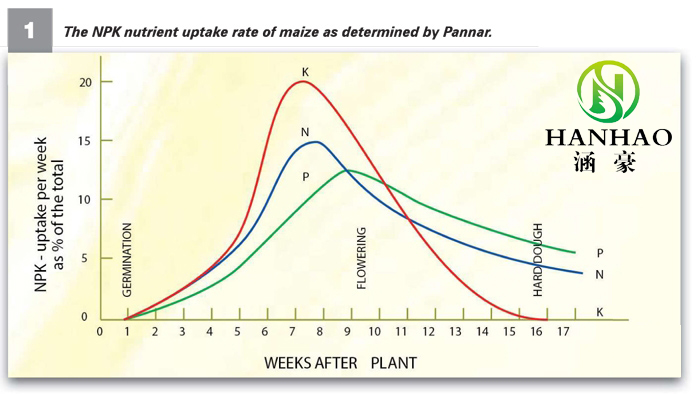
Dec . 17, 2024 10:08 Back to list
30 10 7 fertilizer
Understanding 30-10-7 Fertilizer A Comprehensive Guide
Fertilizers play a vital role in modern agriculture, providing essential nutrients to promote healthy plant growth and maximize crop yields. Among the various types of fertilizers available, the 30-10-7 designation reflects a specific formulation that is beneficial for certain types of plants and gardening practices. In this article, we will explore what 30-10-7 fertilizer is, its composition, benefits, application methods, and best use cases.
What Does 30-10-7 Mean?
The numbers in the 30-10-7 fertilizer designation represent the percentage by weight of three key nutrients nitrogen (N), phosphorus (P), and potassium (K). These three elements, often referred to as the N-P-K ratio, are crucial for plant health.
- 30% Nitrogen Nitrogen is essential for the growth of foliage and stems. It plays a critical role in chlorophyll production, which is vital for photosynthesis. A high nitrogen content like that found in 30-10-7 is particularly favorable for leafy vegetables, grasses, and plants that require lush growth. - 10% Phosphorus Phosphorus is crucial for root development, flowering, and fruiting. It helps plants convert nutrients into usable energy and is essential for overall plant vigor. The lower phosphorus percentage in this formulation makes it suitable for scenarios where too much phosphorus might cause harm, such as when planting in soil that is already rich in this nutrient.
- 7% Potassium Potassium supports the overall health of plants, contributing to disease resistance, water regulation, and the synthesis of proteins. The relatively lower potassium content in the 30-10-7 mix is still beneficial for enhancing plant resilience and promoting healthy growth.
Benefits of 30-10-7 Fertilizer
1. Promotes Vegetative Growth With its high nitrogen content, 30-10-7 fertilizer is particularly effective for plants that need a boost in foliage growth. This makes it a popular choice for leafy greens like lettuce, spinach, and certain herbs.
2. Balanced Nutrient Availability While it has a high nitrogen ratio, 30-10-7 also provides essential amounts of phosphorus and potassium, ensuring a more balanced nutrient profile for plants without overwhelming them with any single nutrient.
3. Improved Crop Yields When used properly, this fertilizer can enhance overall crop productivity. The nutrients help ensure plants have the required resources to grow robustly, resulting in healthier and more fruitful harvests.
4. Versatile Application The 30-10-7 formulation can be used in various settings, from home gardens to larger agricultural fields, making it suitable for a wide range of gardeners and farmers.
30 10 7 fertilizer

Application Methods
To effectively utilize 30-10-7 fertilizer, consider the following application methods
- Soil Testing Before application, conduct a soil test to determine existing nutrient levels. This will help tailor your fertilizer use to meet specific plant needs without over-fertilizing.
- Granular Application Spread granules evenly around the base of the plants, taking care to avoid direct contact with the plant stems. Water thoroughly afterward to help the nutrients penetrate the soil.
- Liquid Fertilizer Mix For a faster nutrient release, consider mixing 30-10-7 in water and applying it as a liquid fertilizer. This method is beneficial for quick nutrient uptake, especially during critical growth stages.
Best Use Cases
30-10-7 fertilizer is particularly well-suited for
- Vegetable Gardens For gardeners looking to maximize growth in leafy greens and other vegetables that thrive on nitrogen. - Lawns Particularly during the growing season, to promote lush, green grass. - Starter Fertilizer Ideal for young plants that need a vigorous start without excessive phosphorus.
Conclusion
In conclusion, 30-10-7 fertilizer is a powerful tool for anyone looking to enhance plant growth and productivity. With its specific nutrient composition, it caters primarily to plants that require nitrogen for robust foliage development. By understanding its benefits and application methods, gardeners and farmers can effectively use this fertilizer to achieve thriving gardens and abundant harvests. Always remember to assess soil conditions and plant needs to determine the appropriate use for optimal results.
-
10 10 10 Fertilizer Organic—Balanced NPK for All Plants
NewsJul.30,2025
-
Premium 10 10 10 Fertilizer Organic for Balanced Plant Growth
NewsJul.29,2025
-
Premium 10 10 10 Fertilizer Organic for Balanced Plant Growth
NewsJul.29,2025
-
Premium 10 10 10 Fertilizer Organic for Balanced Plant Growth
NewsJul.29,2025
-
50 Pound Bags of 13-13-13 Fertilizer for All Plants – Bulk & Organic Options
NewsJul.28,2025
-
High-Efficiency 15-30-15 Granular Fertilizer for Healthy Crops
NewsJul.28,2025
